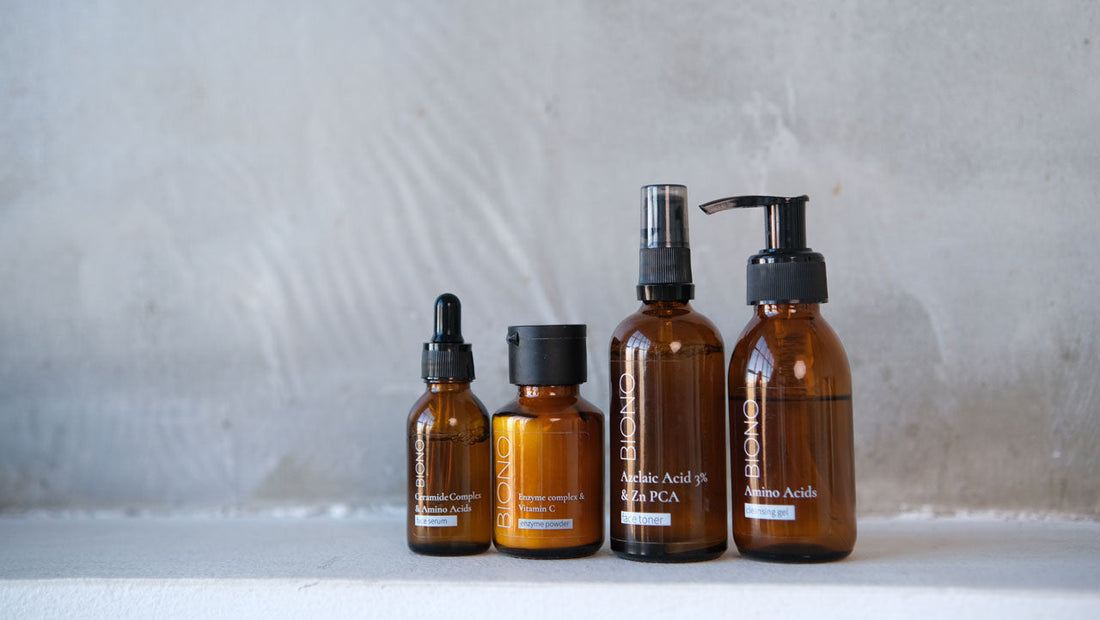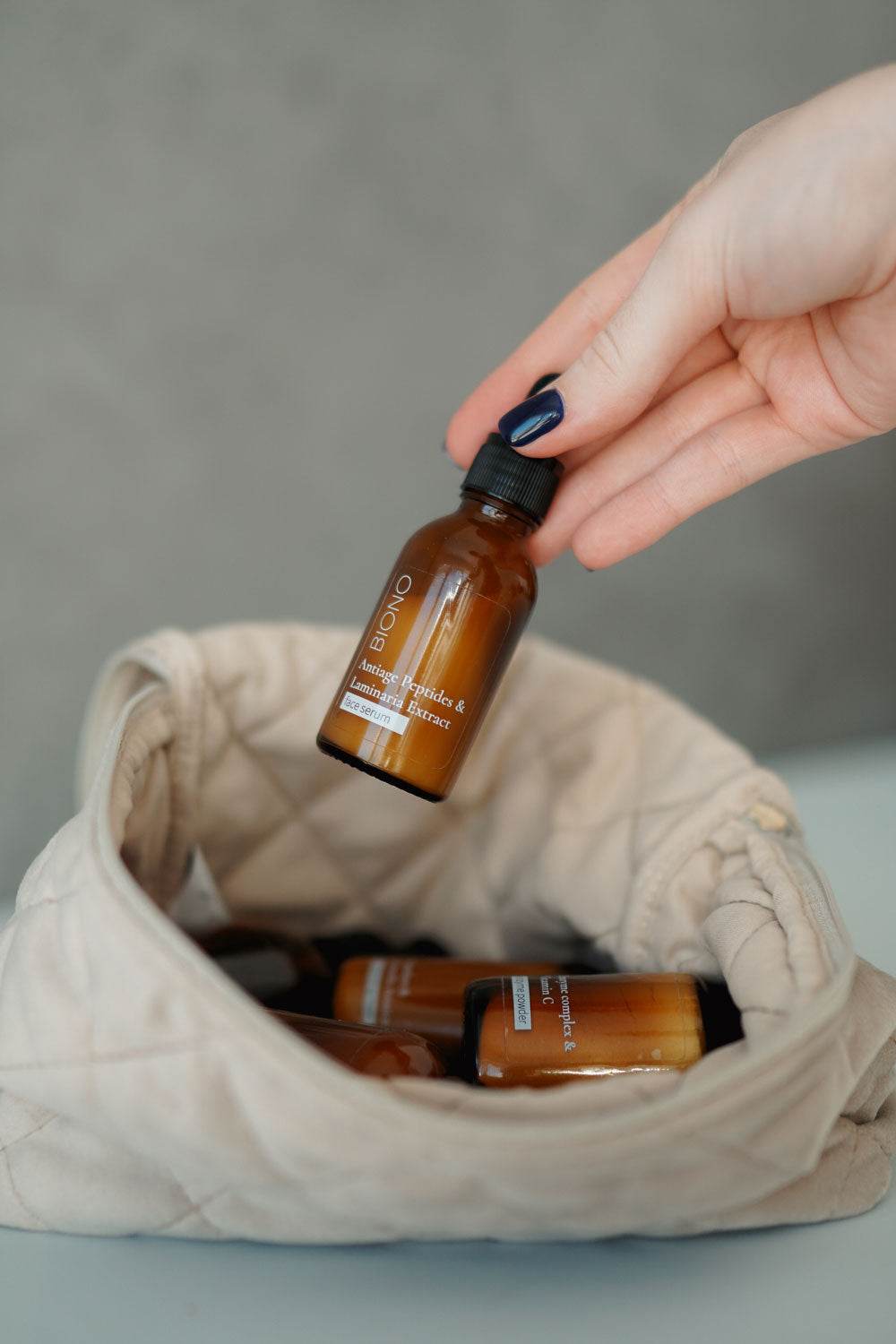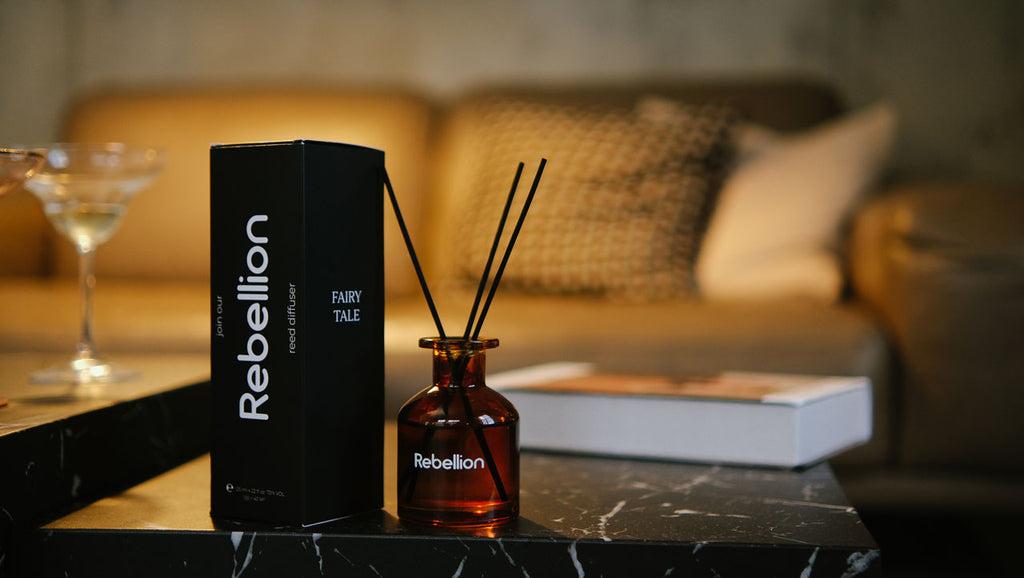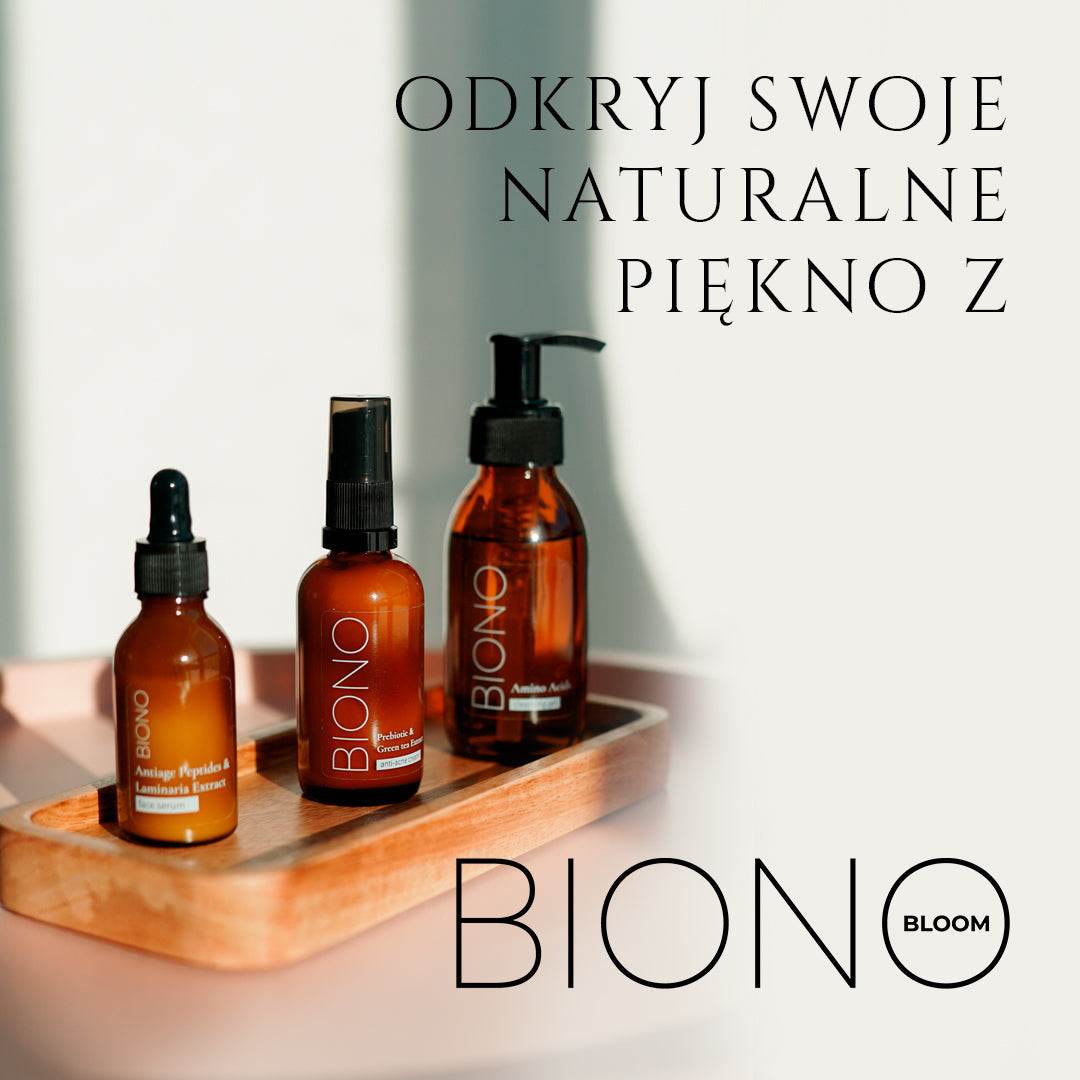
How to get rid of facial redness at home?
Share
Facial redness can appear suddenly and cause discomfort, both in everyday life and before an important event. It can be temporary—for example, after washing your face or walking on a frosty day—or chronic, indicating underlying skin or health issues.
The causes of redness can vary, from an allergic reaction to improper skincare or an unhealthy lifestyle. Regardless of the cause, there are effective ways to soothe your skin and restore its even tone.
In this article, we'll discuss the causes of redness, ways to quickly soothe it, and basic skincare tips to prevent recurrence.
What does facial redness mean and what could be its causes?
Facial flushing is a condition in which the skin takes on a red tint due to dilated blood vessels or irritation. It can be short-lived and can be caused by physical factors such as cold, heat, stress, or exercise. In most cases, it's a natural reaction and resolves quickly.

However, chronic or frequent redness may indicate skin or health problems. Possible causes include broken capillaries, rosacea, allergic reactions, dermatitis, or hormonal changes. Redness can also be caused by improper skincare, such as using harsh cosmetics or excessive exfoliation.
If facial redness occurs regularly or is accompanied by other symptoms such as itching, dryness, or a rash, it's worth consulting a dermatologist. Early diagnosis of the cause will help prevent worsening of the skin condition and allow for appropriate skin care.
Causes of facial redness
To effectively combat redness, it's important to first understand what's causing it. Sometimes the cause is obvious, such as a reaction to cold or sun, but in other cases, it can be hidden and require a more thorough analysis.
The most common causes of facial redness:
- Sensitive skin – thin, reactive skin reacts easily to external factors such as temperature changes, wind or dry air.
- Allergies – inappropriate cosmetics, pollen or food products can cause redness and rash.
- Rosacea or dilated capillaries – if red spots appear on the nose, cheeks and chin, this may indicate vascular problems.
- Inappropriate care – aggressive exfoliation, frequent use of acids or lack of hydration can worsen the condition of the skin.
- Hormonal changes – stress, menstrual cycle, pregnancy or hormonal changes can cause periodic redness.
- Extreme temperatures – cold and heat can cause blood vessels to dilate and cause redness.
- Skin dehydration – lack of hydration weakens the skin’s protective barrier, making it more susceptible to irritation.
- Stress and emotional tension – increased cortisol levels dilate blood vessels, which can lead to the appearance of red spots.
If redness persists for a longer period of time and does not disappear despite proper care, it is worth consulting a dermatologist to rule out more serious skin problems.
How to quickly soothe facial redness?
If you want to quickly soothe redness before an important event and restore an even skin tone, try these proven methods:
Cold compress
Cold helps quickly constrict blood vessels and reduce redness. Soak a soft cloth in ice water or place a wrapped ice cube on the reddened area for 5-10 minutes.
Aloe gel or natural juice
Aloe has soothing and anti-inflammatory properties and also supports skin regeneration. Apply a thin layer of gel to clean skin and leave on for 15-20 minutes, then rinse with lukewarm water.
Oatmeal mask
Oatmeal is excellent for soothing irritations and strengthening the skin's protective barrier. Grind oatmeal, mix with warm water or plain yogurt, and apply to your face for 15 minutes.
Green tea compress
Green tea contains antioxidants that reduce inflammation. Steep a tea bag, let it cool, and use it as a compress on irritated areas.
Thermal or rose water
Spritz your face with thermal or rose water to soothe irritations and calm the skin.
Home care to reduce redness
To avoid recurrence of redness, you should take proper care of your skin and strengthen its protective barrier.
Gentle cleansing
Use gentle facial cleansers free of harsh ingredients (alcohol, SLS, artificial fragrances). Micellar waters or hydrophilic oils are best.
Moisturizing and nourishing
Creams and serums with hyaluronic acid, ceramides, panthenol and niacinamide will help rebuild the skin and prevent it from drying out.
Sun protection
Daily use of sunscreen with SPF 30+ is the basis for healthy skin without redness, especially if you are prone to dilated capillaries.
Masks and natural compresses
Soothing masks made with honey, cucumber, chamomile or yogurt will help reduce redness and inflammation of the skin.
Balanced diet
It's a good idea to limit your intake of spicy foods, alcohol, and coffee, as they can cause blood vessels to dilate. Include more green vegetables, fish, berries, and antioxidant-rich foods in your diet.

When should you consult a dermatologist?
If redness persists and is accompanied by itching, a rash, or peeling, it may be a symptom of a more serious dermatological condition (rosacea, dermatitis, eczema). In this case, it's worth seeing a specialist who will determine the appropriate treatment.
Cosmetics for facial redness
To effectively get rid of facial redness, it's important to choose appropriate cosmetics that soothe irritation, strengthen blood vessels, and help rebuild the skin's protective barrier. Here are the key product groups that will help reduce redness.
Soothing creams and serums
The foundation of skincare for redness-prone skin is active ingredients such as niacinamide, panthenol, green tea extract, chamomile, and centella asiatica. They strengthen blood vessels, reduce inflammation, and moisturize the skin.
- Creams with centella asiatica – strengthen blood vessels and soothe irritations.
- Serums with panthenol and allantoin – accelerate skin regeneration and reduce redness.
- Creams with niacinamide (5-10%) – rebuild the skin’s protective barrier and reduce its reactivity.
Soothing masks for sensitive skin
Soothing masks should contain natural anti-inflammatory ingredients that quickly reduce irritation.
- Aloe masks – perfectly moisturize and reduce inflammation.
- Sheet masks with chamomile or green tea extract – effectively soothe irritated skin.
- Colloidal oat masks – strengthen the skin’s protective barrier and reduce its sensitivity.
Toners and moisturizing mists
Toner is a key part of skincare routine, helping to maintain the skin's water and lipid balance. It's best to choose products free of alcohol and irritants.
- Tonics with thermal water – immediately soothe irritations.
- Rose or chamomile hydrolates – have anti-inflammatory properties and reduce redness.
- Mists with aloe or panthenol – instantly eliminate the feeling of tight skin.
Cosmetics that correct redness
If you want to quickly mask redness, it is worth reaching for products with green pigment, which neutralizes the red skin tone.
- Green makeup bases and concealers – effectively conceal redness and prepare the skin for foundation application.
- CC creams for sensitive skin – contain pigments that adapt to the skin tone, reducing the visibility of redness.
- Foundations with nourishing ingredients – the best products will be those with hyaluronic acid, ceramides and SPF.
Creams with SPF 30-50
Sun protection is crucial for redness-prone skin, as UV radiation can exacerbate irritation and weaken blood vessels.
- Mineral filters (zinc oxide, titanium dioxide) – ideal for sensitive skin.
- Creams without alcohol and fragrances – minimize the risk of additional irritation.
- Sunscreen fluids with centella asiatica – protect the skin and at the same time have a soothing effect.
Summary
How to get rid of facial redness and prevent it from recurring?
To effectively reduce facial redness, you should use a comprehensive skincare routine that strengthens the skin and reduces vascular hyperreactivity. Cosmetics with niacinamide, panthenol, centella asiatica, and aloe vera will help rebuild the skin's protective barrier and soothe irritation. Regular use of masks with plant extracts, alcohol-free toners, and proper hydration will make the skin more resistant to external factors. Another crucial step in daily skincare is sunscreen with SPF 30-50, which protects the skin from the harmful effects of UV radiation and prevents dilated capillaries.
In addition to skincare, it's important to pay attention to your diet and lifestyle. Consuming spicy foods, alcohol, and excessive coffee can exacerbate skin redness, so it's important to maintain a balanced diet and adequate hydration. If redness persists or is accompanied by additional symptoms such as peeling, itching, or a rash, it's worth consulting a dermatologist. Proper skincare, protection from external factors, and a healthy lifestyle will help achieve a healthy, even complexion and reduce the tendency to redness.






